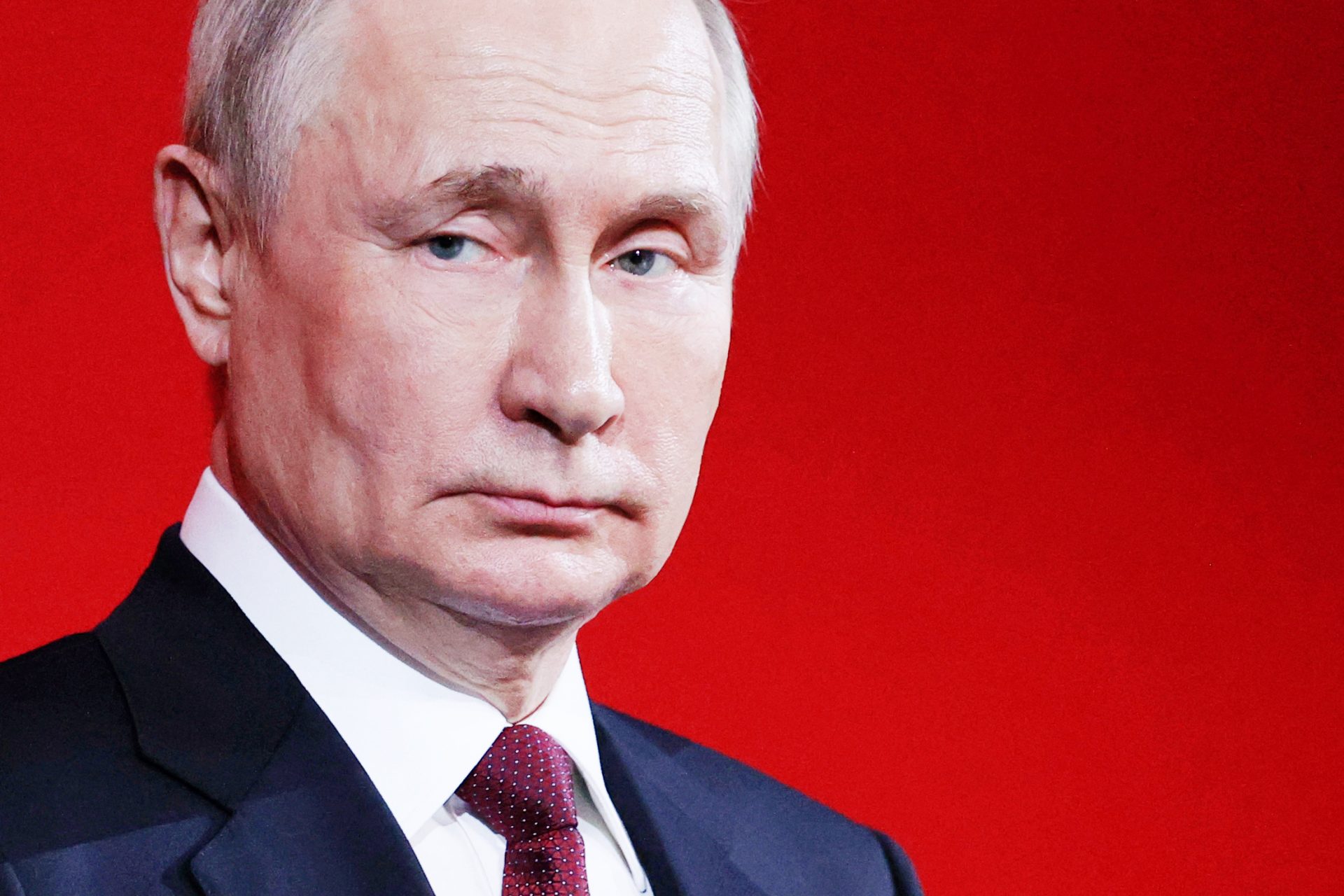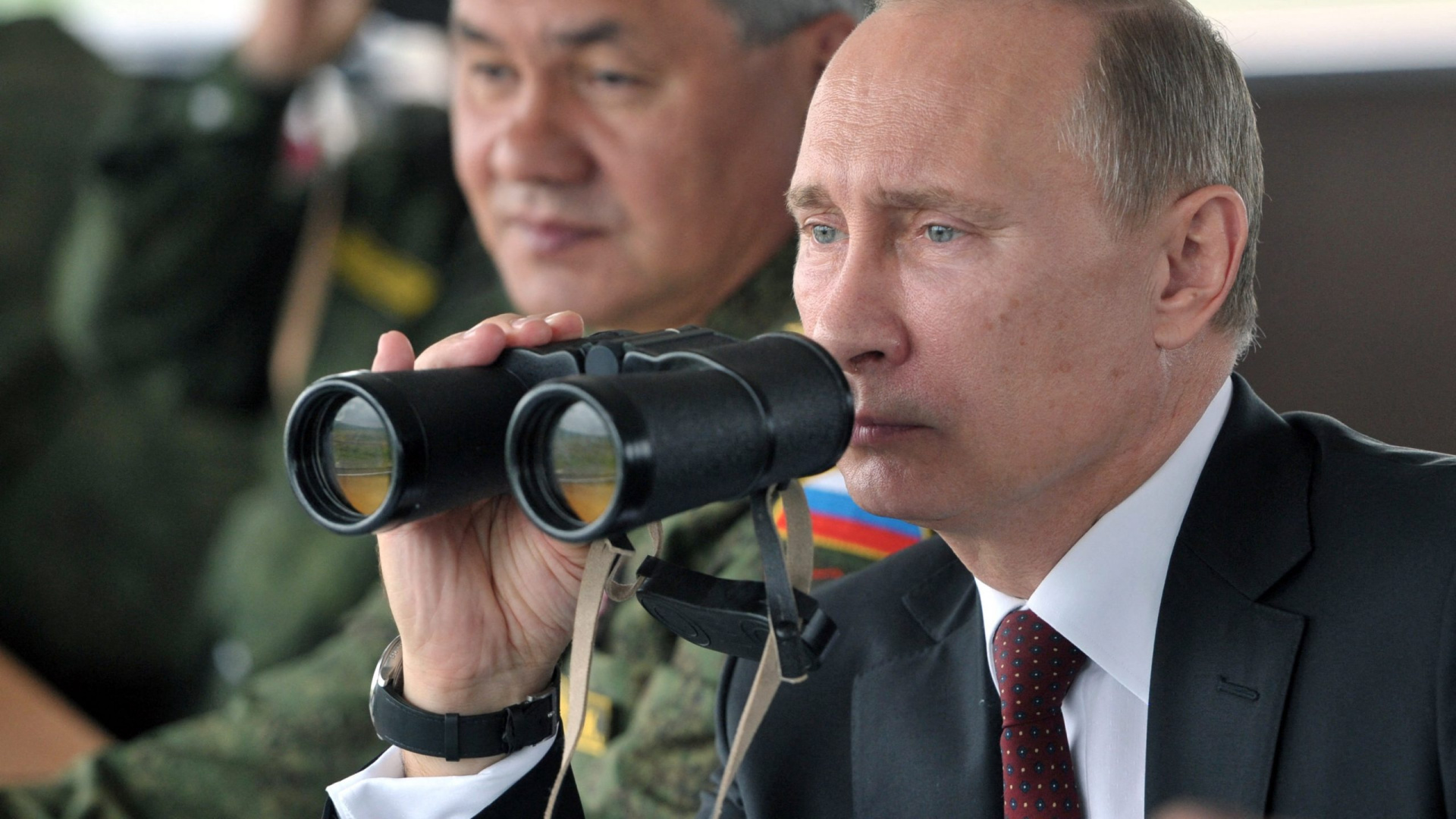A new global treaty to protect our oceans has just been announced
After nearly two decades of on-and-off negotiations, the world’s nations have finally reached a historic new agreement that will change the way we protect our oceans.
The United Nations High Seas Treaty was announced by Singapore’s Rena Lee on March 5th to a cheering crowd and ushered in a new era of ocean protection.
“Good evening ladies and gentlemen, the ship has reached the shore,” Lee said as she attempted to hold back her tears when she announced that a deal had been reached.
Photo by Twitter @UN_PGA
Lee was Singapore’s Ambassador for Oceans and Law of the Sea Issues and she presided over the negotiations that lead to the UN’s new oceans agreement.
Delegates from nearly two-hundred countries attended the Intergovernmental Conference on Marine Biodiversity of Areas Beyond National Jurisdiction and agreed to a new legal framework that would create several new global marine protected areas.
“Covering almost two-thirds of the ocean that lies outside national boundaries, the treaty will provide a legal framework for establishing vast marine protected areas (MPAs) to protect against the loss of wildlife,” wrote The Guradian’s Karen McVeigh.
These new marine protected areas will also “share out the genetic resources of the high seas” according to McVeigh, who noted that the agreement was crucial for helping the world reach the commitments it made at the 2022 UN Biodiversity Conference.
“The historic treaty is crucial for enforcing the 30x30 pledge made by countries at the UN biodiversity conference in December,” The Guardian journalist wrote.
The 30X30 pledge was a global agreement made in 2022 to protect 30% of the Earth's oceans by 2030 according to Royal Museums Greenwich.
“Without a treaty, this target would certainly fail," McVeigh added, "as until now no legal mechanism existed to set up MPAs on the high seas.”
Conference parties will soon be set up as well according to The Guardian journalist, and they will meet periodically in order to “enable member states to be held to account on issues such as governance and biodiversity.”
It has been over four decades since the world has come together to agree upon how best we can protect our oceans.
In 1982, United Nations Member States came together to sign the UN Convention on the Law of the Seas, which established the legal boundaries of coastal states.
The treaty established that all countries have the right to fish, ship, and do research according to Esme Stallard of BBC News, but this led to a situation where only roughly 1.2% of the world’s oceans were composed of protected zones.
“Marine life living outside these protected areas has been at risk from climate change, overfishing, and shipping traffic,” Stallard wrote.
The High Seas Treaty aims to change all of that and will put in place special protections in areas of the ocean that are not governed by any particular state.
“These areas will put limits on how much fishing can take place, the routes of shipping lanes, and exploration activities like deep sea mining - when minerals are taken from a sea bed 200m or more below the surface,” Stallard noted.
The Interamerican Association for Environmental Defense took part in the High Seas Treaty negotiations according to NPR and its Executive Director Gladys Martínez said the agreement was like giving our oceans a “second chance.”
Photo by Twitter @GladysMartinezt
"We have the text, so we have to turn this text into our reality," Martínez added, a hope anyone who loves our oceans would also agree with.
Photo by Twitter @GladysMartinezt
More for you
Top Stories
































